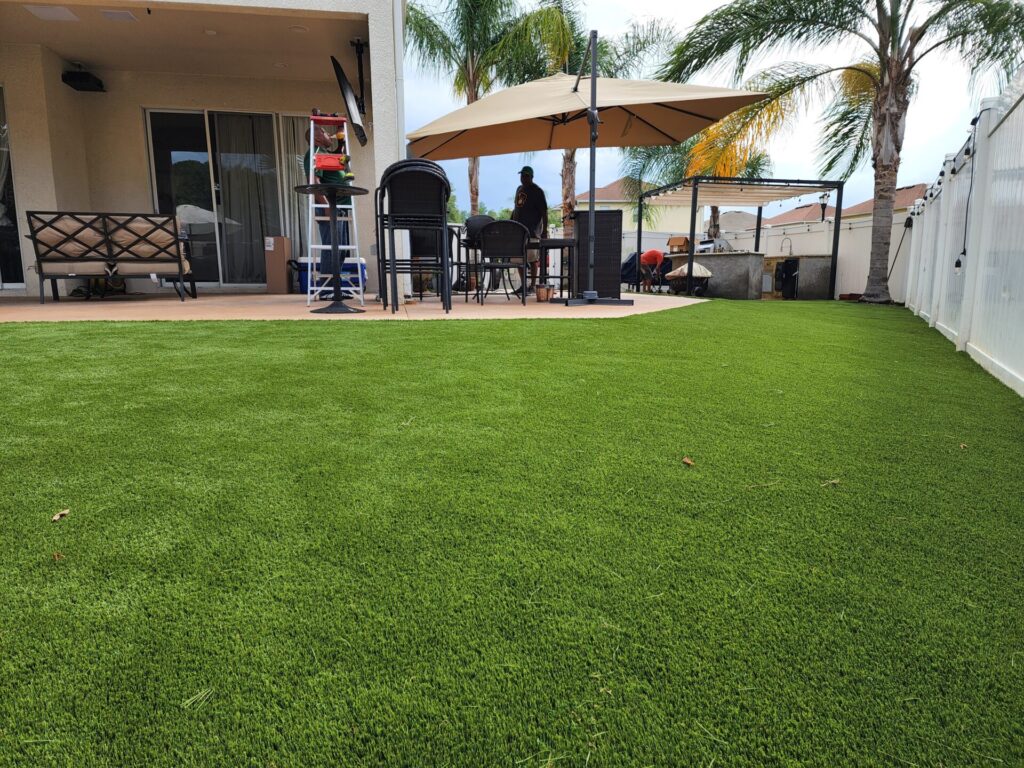Since its introduction, artificial grass has evolved into a versatile and sustainable alternative to natural lawns. Whether you’re considering installing artificial grass or simply curious about its benefits and features, here are some surprising things you may not know about this innovative product.
1. Environmental Benefits
Artificial grass is often seen as a more environmentally friendly option compared to natural grass. Here’s why:
- Water Conservation: Artificial grass requires no watering, which can significantly reduce water usage, especially in arid regions.
- No Pesticides or Fertilizers: Unlike natural grass, artificial turf doesn’t need chemical treatments to stay green and lush, reducing the environmental impact.
- Recyclable Materials: Many modern artificial grass products are made from recyclable materials, contributing to a more sustainable lifecycle.
2. Low Maintenance
One of the biggest advantages of artificial grass is its low maintenance requirements. Say goodbye to mowing, watering, and fertilizing. Occasional brushing and rinsing are usually enough to keep the turf looking great.
3. Durability
Artificial grass is incredibly durable and can withstand heavy foot traffic, making it ideal for high-use areas such as sports fields, playgrounds, and residential lawns. High-quality artificial grass can last up to 15 years or more with proper care.
4. Year-Round Greenery
Unlike natural grass, which can brown and wither during extreme weather conditions, artificial grass stays green and vibrant all year round. This makes it a perfect solution for maintaining a beautiful lawn in both hot summers and cold winters.
5. Versatility
Artificial grass isn’t just for lawns. It’s used in a variety of applications, including:
- Sports Fields: Many professional sports fields use artificial turf for its durability and consistent playing surface.
- Playgrounds: Soft and safe, artificial grass is a popular choice for playground surfaces.
- Balconies and Rooftops: Urban dwellers use artificial grass to create green spaces in apartments and condos.
- Pet Areas: Artificial grass is pet-friendly, providing a clean and comfortable area for pets to play.
6. Cost-Effectiveness
While the initial cost of installing artificial grass can be higher than natural grass, the long-term savings on water, maintenance, and lawn care products make it a cost-effective option over time.
7. Improved Technology
Advancements in technology have significantly improved the look and feel of artificial grass. Today’s products closely mimic the appearance and texture of natural grass, complete with variations in color and blade shape for a more realistic look.
8. Safety Features
Artificial grass is designed with safety in mind. Many products include features like non-toxic materials, anti-microbial properties to reduce bacteria buildup, and shock-absorbing layers to minimize injuries from falls.
9. Allergen-Free
For those with allergies, artificial grass is a great alternative to natural lawns, which can harbor pollen and other allergens. An artificial lawn can help reduce allergy symptoms and create a more comfortable outdoor environment.
10. DIY Friendly
Installing synthetic turf can be a DIY project for those with basic landscaping skills. Many companies provide detailed installation guides and support to help homeowners achieve professional results.
Conclusion
Artificial grass offers a range of benefits that extend beyond just having a green lawn. Its environmental advantages, low maintenance, durability, and versatility make it an excellent choice for various applications. As technology advances, artificial grass will likely become an even more popular and sustainable alternative to natural grass. Artificial grass provides a practical and attractive solution whether you’re looking to save water, reduce maintenance, or create a safe play area.
